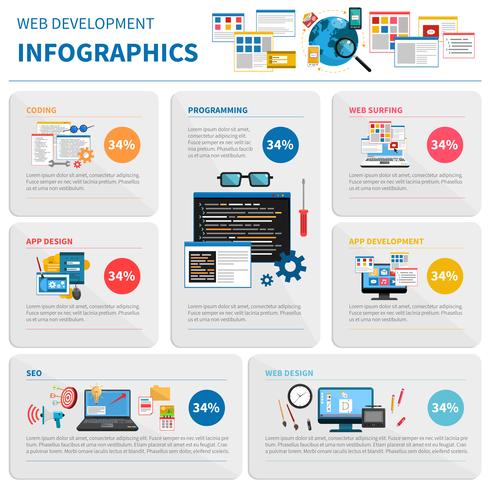Browsing The Ins And Outs Of Font Use In Website Design
Browsing The Ins And Outs Of Font Use In Website Design
Blog Article
Material Author-Vilhelmsen Hesselberg
Enhance your web design by picking easy-to-read font styles and proper dimensions. Select clear sans-serif or serif typefaces for much better readability. Stay with 2-3 font styles for uniformity. Prevent little dimensions that strain the eyes. Prioritize simplicity over complexity. These pointers will assist you create an aesthetically appealing and engaging web site effortlessly.
Do:
* Choose search optimisation google and understandable font that is easy to keep reading displays of all dimensions.
* Use headings and subheadings to develop an aesthetic pecking order and help users navigate your web content.
* Usage font dimensions and line spacing to develop a comfy analysis experience.
* Explore different font styles and weights to add visual rate of interest and focus.
* Usage typography to draw attention to essential aspects, such as calls to action or navigation food selections.
Do not:
* Usage a lot of various typefaces or font designs, as this can develop aesthetic mess and make your internet site appearance less than professional.
* Usage fonts that are as well ornate or illegible, as they may not show well on all gadgets.
* Use fonts that are too similar in size or style, as this can make your content difficult to browse.
* Use excessive text or a lot of words, as this can overwhelm customers and make your website feel cluttered.
* Usage typography in a way that is irregular with your brand name's general visual identity.
Relevance of Typography in Web Design
Typography plays a crucial role in website design by boosting readability, visual charm, and general individual experience. When utilized effectively, typography can communicate the tone and message of your material, making it easier for users to involve with your web site. Choosing the best font styles, sizes, spacing, and shades can substantially affect how visitors regard and interact with your site.
The readability of your site is directly connected to the typography options you make. Choosing readable font styles and proper typeface dimensions guarantees that customers can conveniently consume the info on your web pages without straining their eyes. Additionally, https://gunnerogypg.tokka-blog.com/30099289/effective-keyword-phrase-research-techniques-for-pay-per-click-success in between lines and paragraphs can improve understanding and guide users with the material perfectly.
Furthermore, typography adds to the aesthetic charm of your site. By creating a harmonious combination of typefaces and colors, you can develop a cohesive style that captivates users. Constant typography across various sections of your site also assists in keeping an expert and polished appearance, improving the total individual experience.
Dos of Typography
To boost the readability and aesthetic allure of your web site, guarantee that you select fonts that are simple to read and suitably sized. Select typefaces that are clear and legible, such as sans-serif or serif fonts, which are generally utilized for body text. Sans-serif font styles like Arial or Helvetica work well for electronic screens, giving a contemporary and tidy appearance. On the other hand, serif fonts like Times New Roman or Georgia can include a touch of style and tradition to your site.
An additional important facet to consider is font sizing. Make sure your message is huge enough to be checked out easily without stressing the eyes. Choose a typeface dimension of a minimum of 16px for body message to make sure readability. Furthermore, use various typeface dimensions to produce an aesthetic hierarchy on your internet site. Headings and subheadings should be larger and bolder than the body message, directing the viewers with the material easily.
Donts of Typography
Avoid making use of an extreme range of typefaces in your website design to keep uniformity and readability for your target market. When it pertains to typography, less is typically much more.
Here are some key 'Do n'ts' to remember:
1. ** Prevent using a lot of different fonts **: Limit yourself to 2-3 font styles for your whole web site. Making use of much more can make your style appearance chaotic and unprofessional.
2. ** Don't use font styles that are illegible **: Fancy or extremely decorative typefaces may look attractive, yet if they sacrifice readability, they aren't worth it. Adhere to font styles that are easy on the eyes.
3. ** Stay away from using little font style sizes **: Small message might appear sleek, yet if it's too tiny, it can stress your visitors' eyes. Ensure your text is huge enough to review conveniently on all devices.
Verdict
So, keep in mind, when it comes to typography in website design,
do choose typefaces sensibly, keep it straightforward, and focus on readability.
But do not go overboard with way too many font designs, sizes, or shades.
Nevertheless, the secret to great layout is often discovered in the simpleness of typography.
So, following time you're working on a website, remember that occasionally less is more - also when it concerns fonts.
